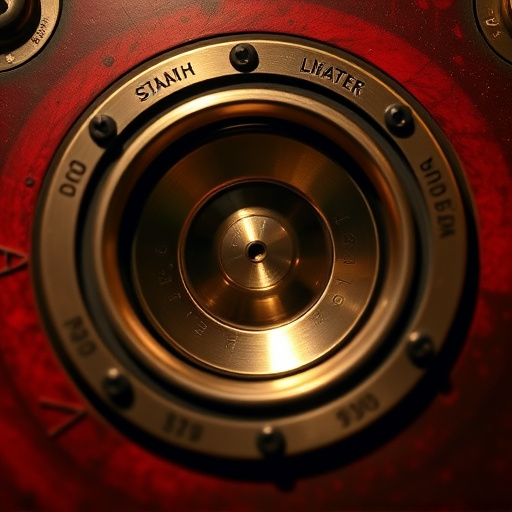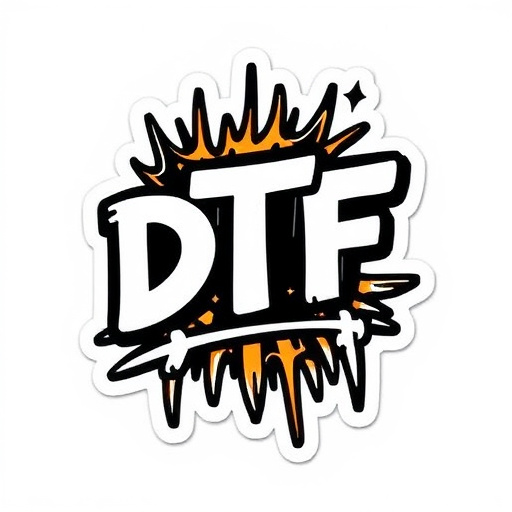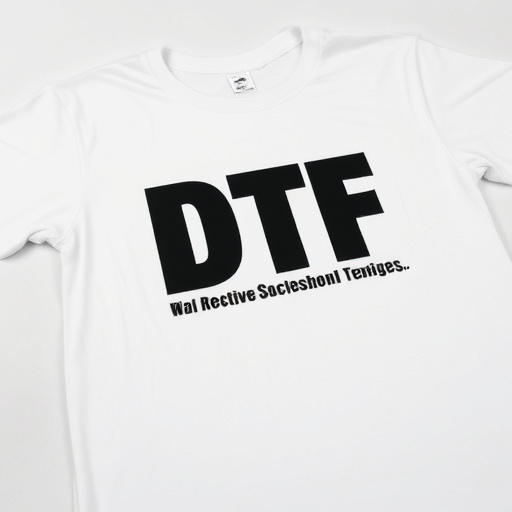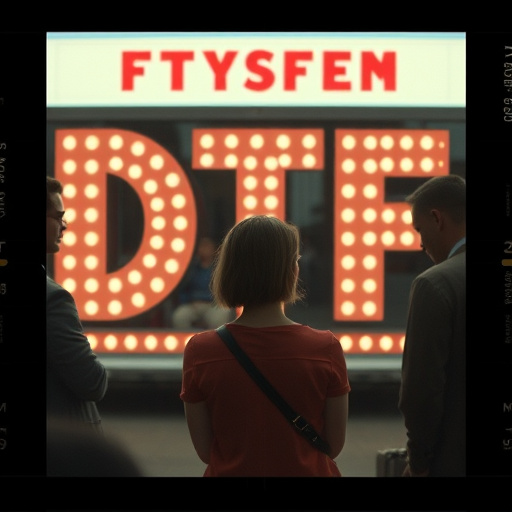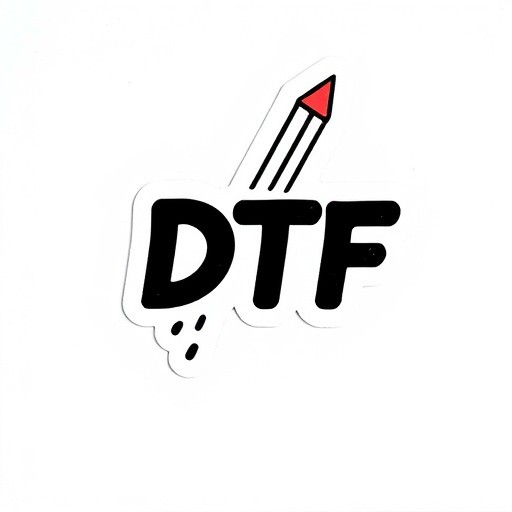Direct to Film Printing (DTF) is a modern method for creating high-quality prints on fabric using specialized heat-transfer paper and advanced thermal technology. Before starting, gather essential materials, set up a dedicated workspace, and use cold peel DTF transfers. The process involves designing artwork, printing onto clear film, and then heat pressing ink onto garments or fabric. DTF is ideal for custom apparel, offering vibrant colors, sharp details, and durability in a straightforward, efficient process.
Direct to film printing is a game-changer for creating high-quality, vibrant prints directly from digital files. This step-by-step guide will walk you through the entire process, from understanding the basics of direct to film printing to setting up your workspace and mastering the printing technique. Learn how to gather the necessary materials, prepare your artwork, and achieve stunning results every time.
- Understanding Direct to Film Printing Basics
- Gathering Materials and Setting Up Your Workspace
- The Step-by-Step Printing Process
Understanding Direct to Film Printing Basics

Direct to Film Printing (DTF) is a cutting-edge method that allows designers and printers to produce high-quality prints directly on various materials, particularly fabric. This process bypasses the need for traditional printing techniques like screen or offset printing. With DTF, designs are transferred using specialized heat-transfer paper onto t-shirts, hats, mugs, and more. The key advantage lies in its efficiency, enabling faster production times and highly customizable results.
A direct to film printer uses advanced technology to apply the design directly onto the material through a thermal process. This modern approach is particularly popular for creating custom apparel, as it offers vibrant colors, sharp details, and a range of material options. The dtf heat transfer paper acts as a medium, ensuring precise color replication and long-lasting durability. Whether you’re looking to create unique t-shirts or personalize items with intricate designs, understanding the DTF printing process is a game-changer for businesses and enthusiasts alike.
Gathering Materials and Setting Up Your Workspace

Before diving into the Direct to Film Printing (DTF) process, ensure you have all the necessary materials and set up a dedicated workspace. Gather your direct to film printer, compatible inks, blank t-shirts or other printing surfaces, and high-resolution graphic design software for creating or editing your artwork. It’s crucial to use the right cold peel dtf transfers specifically designed for your printer to achieve optimal results without smudging or misalignment.
Your workspace should be well-lit, clean, and organized. Position your direct to film printer in a central location with ample space around it for easy access and maneuverability. Set up your printing surface and ensure it’s flat and secure. Have all your materials within reach to streamline the process and minimize disruptions. This setup will enable you to focus on creating high-quality DTF prints for t-shirts or other fabric applications without any hiccups.
The Step-by-Step Printing Process

The Direct to Film (DTF) printing process is a straightforward method for creating intricate designs on various materials, especially suitable for t-shirts and other garments. Here’s a breakdown of the step-by-step procedure:
1. Design Creation: Start by designing your artwork using specialised software, ensuring it’s optimized for DTF printing. This involves selecting appropriate colors and settings to achieve the best results on different fabrics, particularly light fabrics which require specific attention during the color profile setup.
2. Film Preparation: Once your design is finalized, convert it into a format compatible with your DTF printer. The design is then precisely printed onto a clear film using high-resolution technology. This film acts as a stencil for the printing process, allowing for precise application of ink onto the desired surface. Custom sheets are used to accommodate various garment sizes and shapes, ensuring every detail of your design is accurately transferred during heat pressing.
Direct to film printing is a captivating process that allows artists and professionals to bring their creative visions to life with remarkable precision. By understanding the fundamentals, gathering the right materials, and following a structured approach, anyone can master this art. This guide has provided a comprehensive framework for the direct to film printing process, from setting up your workspace to executing each step flawlessly. Embrace the possibilities of this innovative technique and start creating stunning prints today!






